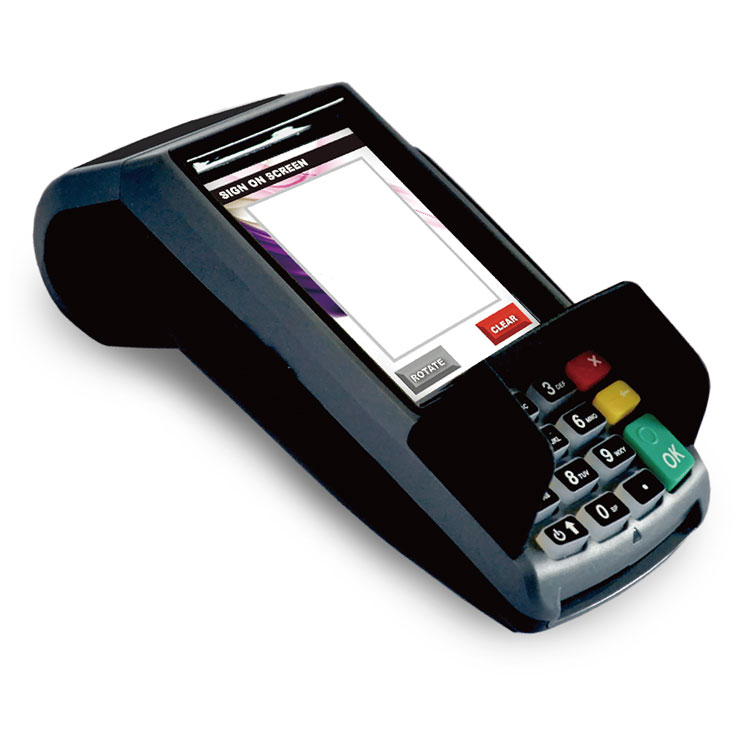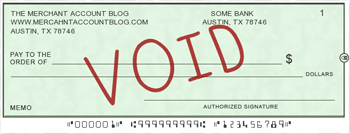July 26th, 2019 by J B
The basic functions of credit card terminals explained
Filed in: How To |

There are two sides to a credit card transaction; Authorization and Settlement. Between these two stages of the transaction process there are 4 basic functions to all credit card terminals. In this write up we are going to go over both sides of the transaction and each of the basic functions in detail. While this is going to be a highly simplified explanation it should be more than enough to firmly grasp the concepts and proper use of a standard credit card terminal.
Sale:
Running a sale on a terminal initiates the authorization side of the transaction. This is when the terminal communicates and makes the approval request. If that request is approved the terminal will receive an approval code from the issuer and the transaction is stored in the terminal until the settlement is processed. At this point the transaction has only been authorized and no money has been moved and you are still able to alter the transactions.
Don’t confuse the Sale function with functions like Authorization Only. While auth only is outside the scope of this writing, it is not the same as a sale.
Settlement:

The settlement process finalizes all transactions processed on the terminal. This is the point when funds begin to move, discount rates are charged, and you are no longer able to alter transactions.
Transaction manipulation for most businesses refers to the voiding which we will get into shortly. Still other businesses like restaurants or lodging may utilize tipping or check-in check-out functions. You can only manipulate a transaction before it has settled.
If your terminal is set to automatically settle each day it is a good idea to review your settlement report to make sure it shows the batch settled successfully. It’s ultimately the merchant’s responsibility to verify that the terminal is settling.
Void:
A void is a type of refund that is done before a transaction is settled. When you void a transaction, it keeps the funds from moving, and therefore keeps the business from having to pay discount fees on the original sale. Voiding effectively just deletes the transaction from the settlement entirely. This results in the card holder seeing a pending transaction on their account for a few days before it eventually disappears.

There is also a function called a reversal which voids the sale and contacts the issuer requesting that the authorization or pending amount be released back to the card holder. For some devices this can be included as part of its batch function, for some it’s a separate function, and for others it’s not an option at all. If you have a reversal option on your terminal you should contact your processor for information about how to use it, as it’s a better customer experience.
Return:
If a transaction has already settled and you need to refund the card holder, your only option is going to be to perform a return. Unfortunately, that means funds will have already started moving and you are going to be charged your discount rate for having settled the sale. You really shouldn’t be charged an additional percentage for the refund however, we have seen processors who did charge their merchants for returns as well. If your processor charges an additional discount for returns, then it’s probably a good time to look for other processing options.
It’s also important to note that it is extremely important that you refund card holders the same way they originally paid. For example, don’t give a cash refund to someone who paid you on a credit card. The reason is there is no paper trail for the refund. If the card holder contacts their issuer and disputes the original transaction, you cannot prove you refunded previously, and will most likely lose the dispute as well as the money you already paid. Also, if a customer pays cash you wouldn’t want to refund them on their credit card, as that could cause some risk related issues on your merchant account.
Conclusion:
There are many functions a standard credit card terminal can do. For most every merchant these are the only 4 you will ever use. If a customer or issuer ever tells you to use a function that is not listed here, you should immediately contact your processor and explain the situation and get support on whether you should do what they are asking. Card holders and issuers should not be trusted when it comes to how to process sales or refunds. Many times, they will be trying do something fraudulent, other times they could cause problems down the road for you just due to their lack of understand the functions they are asking you to use.




